
History classes skim over Indigenous struggles, yet resistance runs deep in these communities even now. Battles for land and cultural survival unfold every day, mostly unnoticed by mainstream news. These ten stories shed light on brave movements that protect traditions and challenge injustice in ways the world too often overlooks.
The 1680 Pueblo Revolt Drove Out Spanish Colonizers
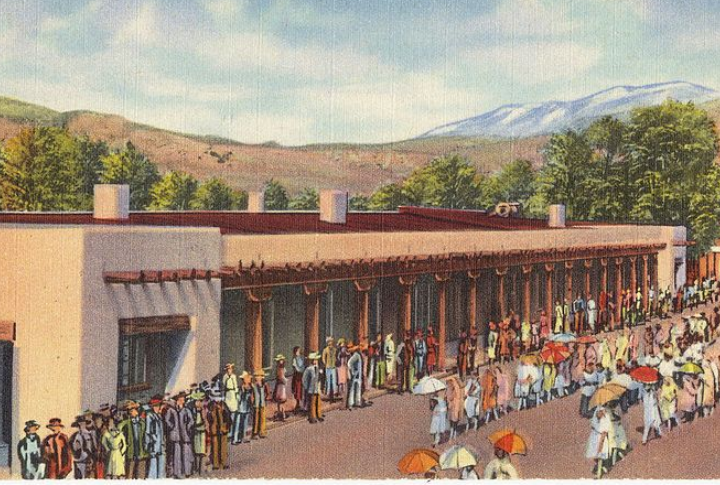
Spanish forces were stunned when Pueblo warriors launched coordinated attacks across New Mexico. Over 400 colonists were killed. Using knotted cords to time the revolt, they took back Santa Fe and held it for 12 years. Horse herds seized during the uprising forever changed life on the Great Plains.
The Seminole Wars Fought By U.S. Troops For Four Decades

Resistance didn’t come in waves—it came in swamps. The Seminoles fought three wars against U.S. removal policies, never once signing a peace treaty. Their knowledge of terrain outmatched federal tactics, and the drawn-out conflict cost the U.S. up to $60 million without achieving total control.
The 1973 Wounded Knee Occupation Exposed Federal Abuses
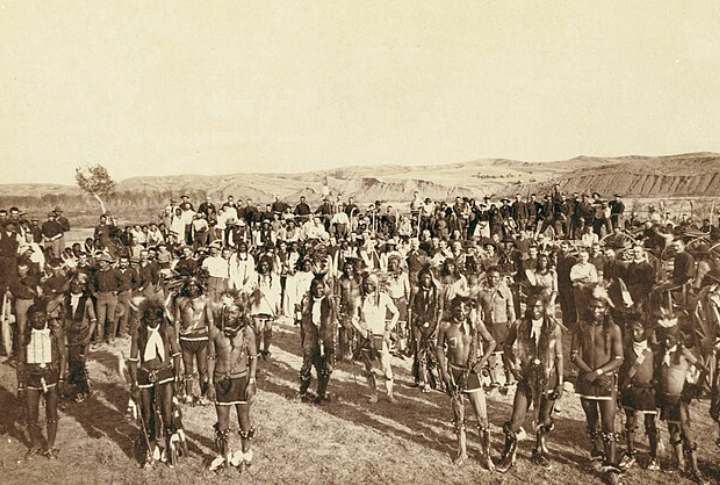
When AIM activists and Lakota leaders seized Wounded Knee, the world watched for 71 days. Their protest challenged broken treaties and local corruption. Armed clashes erupted with federal agents, yet the occupation started national conversations about Native rights and government accountability across Indian Country.
The 1969 Alcatraz Occupation Demanded Treaty Justice

A small boat of activists landed on Alcatraz, citing the Treaty of Fort Laramie’s land promises. The occupation grew to 19 months, with celebrities like Marlon Brando lending their voices. Its bold message helped spark the broader Red Power movement and reignited tribal advocacy across generations.
The Red Power Movement Mobilized A Generation
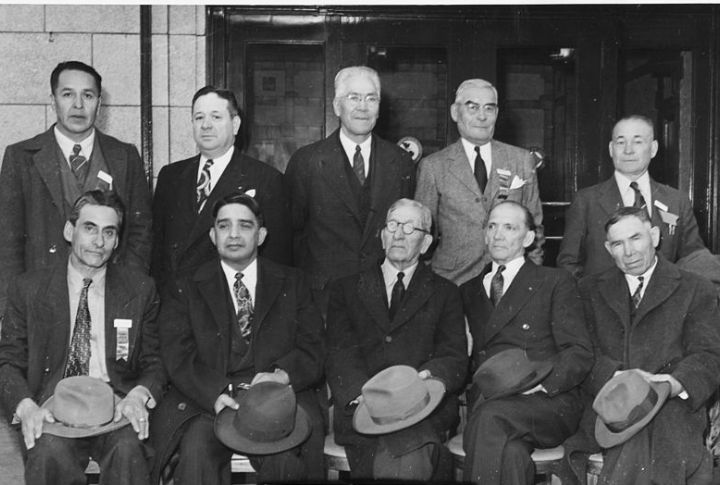
This wasn’t a single protest; it was a movement. Hundreds of tribes unified around treaty enforcement and cultural revival. AIM emerged as a central force, organizing occupations like the BIA building takeover in Washington. Their work spurred federal reforms and shifted Native policy in the 1970s.
The Oka Crisis Defended Mohawk Sacred Land In 1990

Plans to build a golf course over Mohawk graves ignited a 78-day armed standoff. Warriors stood firm as Canadian troops rolled in with tanks. While the land wasn’t lost, the crisis awakened the public to unresolved Indigenous land claims and galvanized solidarity across Canada.
The 2020 Wet’suwet’en Blockades Reclaimed Hereditary Authority
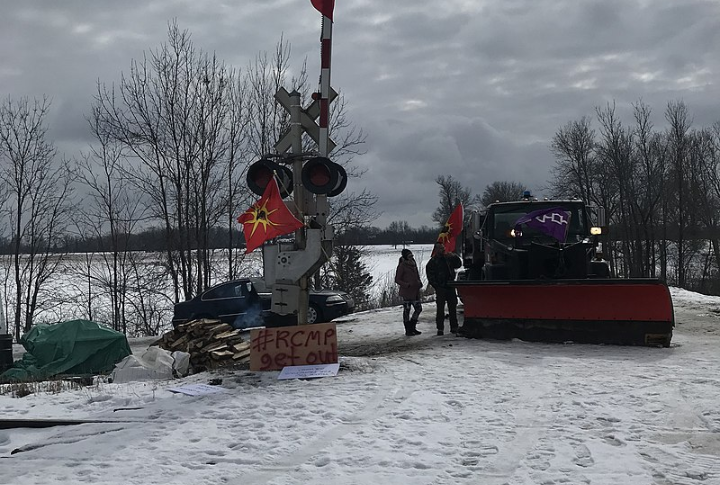
Trying to push a pipeline through Wet’suwet’en land backfired spectacularly. Chiefs rejected secretive deals, triggering blockades that paralyzed rail systems. Heavy-handed RCMP raids made headlines worldwide. Youth-led sit-ins in city hubs forced Canada to reckon again with Indigenous land rights and traditional law.
Standing Rock Became A Global Water Protection Movement

The fight against the Dakota Access Pipeline brought together over 10,000 protectors. Elders, youth, and veterans united to guard sacred land and water sources. “Mni Wiconi” (“Water is Life”) became a global chant. What began as local resistance grew into an environmental and human rights symbol.
The Mi’kmaq Fishing Rights Fight Reaffirmed Treaties
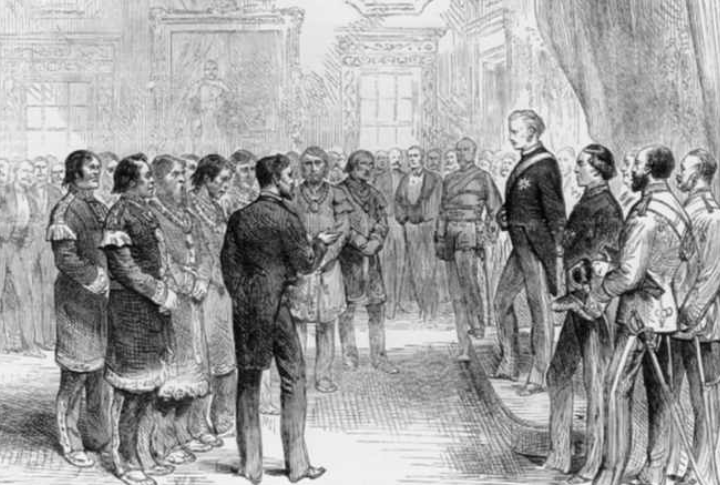
A 1999 court ruling confirmed Mi’kmaq fishing rights, but enforcement was another story. In 2020, Mi’kmaq fishers faced violent attacks during lobster season. Boats were damaged, and storage sites were torched. The conflict spotlighted treaty violations and racial tensions still unresolved in Canada’s fisheries and legal systems.
The Kanaka Maoli Fought Telescope Construction On Mauna Kea
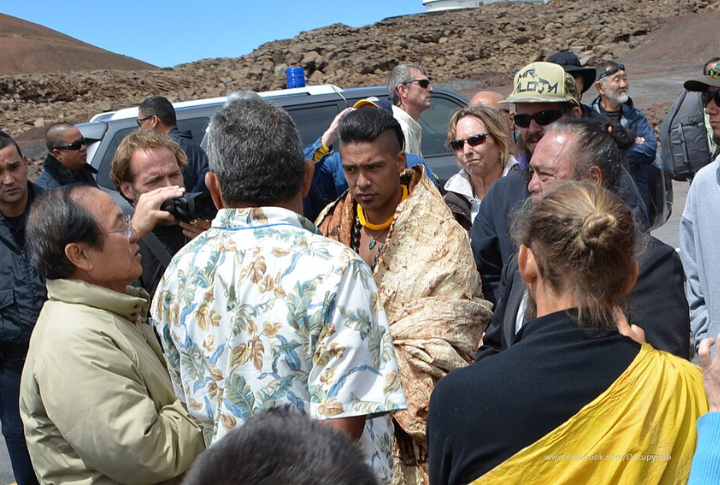
Protests erupted when plans for a massive telescope threatened sacred ground. Elders and students blocked access roads, and some were arrested for peaceful resistance. Their stand reignited Hawaiian sovereignty discussions. Indigenous supporters from around the world joined in, honoring Mauna Kea as more than just a mountain.

